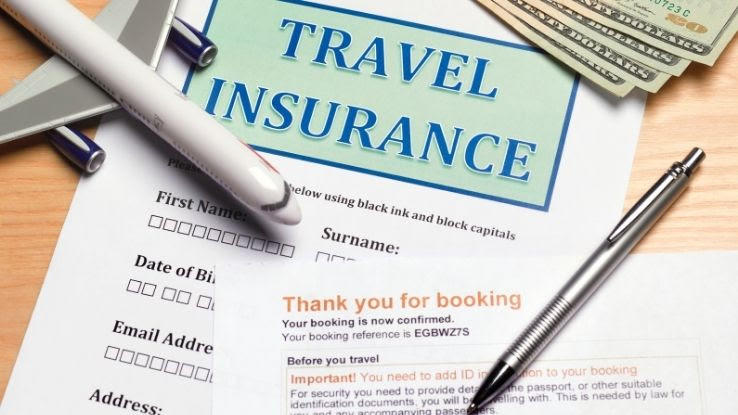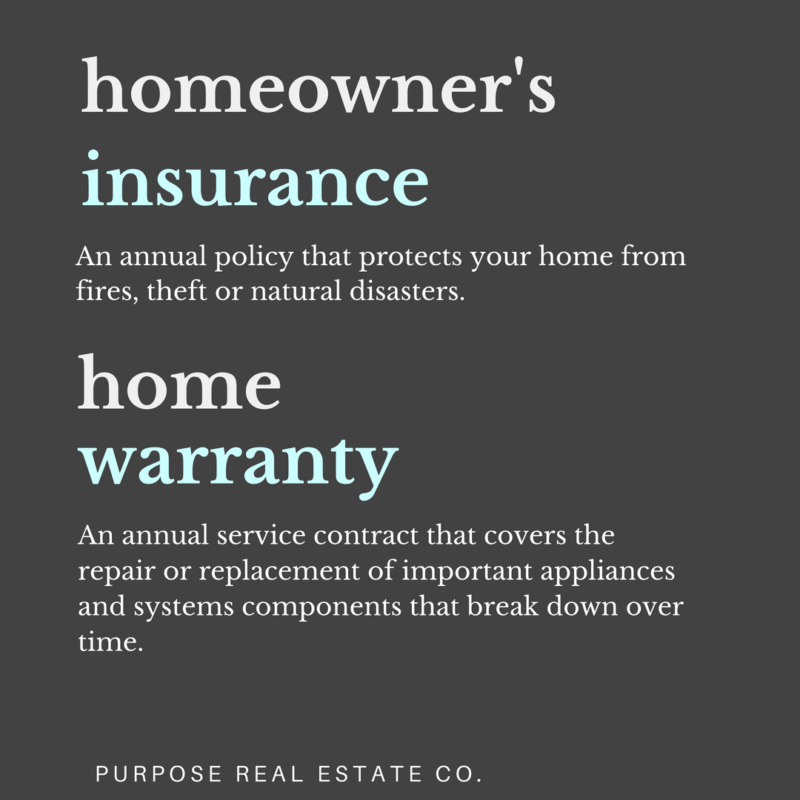Pacific Prime for Beginners
Pacific Prime for Beginners
Blog Article
Not known Details About Pacific Prime
Table of ContentsThe Buzz on Pacific PrimeThe Pacific Prime StatementsOur Pacific Prime IdeasSome Known Facts About Pacific Prime.
In most states, the insurance company is required to send you a duplicate of the adjustments to your policy. It is necessary that you review Recommendations or Cyclists so you recognize just how your policy has changed and if the plan is still adequate to meet your needs. To get a duplicate of your insurance plan, please contact your insurance agent or company.
The Institute of Medicine (IOM) Committee on the Consequences of Uninsurance launches an extended evaluation of evidence that addresses the relevance of medical insurance coverage with the magazine of this record. Coverage Matters is the first in a collection of six reports that will certainly be provided over the next 2 years documenting the fact and effects of having an approximated 40 million individuals in the United States without wellness insurance protection.

Not known Facts About Pacific Prime
The objective of this series of researches is to refocus policy focus on a historical problem. Adhering to the longest financial growth in American background, in 1999, an approximated one out of every six Americans32 million grownups under the age of 65 and even more than 10 million childrenremains uninsured (Mills, 2000).

10 percent of the populace represent 70 percent of wellness treatment expenditures, a relationship that has actually remained continuous over the previous 3 years (Berk and Monheit, 2001) - global health insurance. Therefore medical insurance remains to offer the feature of spreading out threat also as it significantly funds regular treatment. From the perspective of healthcare providers, insurance coverage brought by their clients assists safeguard an earnings stream, and areas benefit from economically sensible and steady health care specialists and institutions
Government offers medical insurance to populations whom the private market may not serve properly, such as impaired and senior citizens, and populations whose accessibility to healthcare is socially valued, such as children and expectant females. The best ends of medical insurance coverage for the individual and communities, consisting of work environment neighborhoods of workers and companies, are enhanced health and wellness results and quality of life.
The Best Guide To Pacific Prime
Employees rate medical insurance initially by much in significance among all the advantages provided in the office (Salisbury, 2001). There have been large financial investments of personal and public funds to give health and wellness insurance policy, several people still have no insurance coverage. Regardless of considerable reporting of study searchings for and health treatment study results, the public remains confused and mistaken concerning Americans without medical insurance and the effects of lacking insurance coverage.

Without concern, the intricacy of American healthcare funding mechanisms and the wealth of sources of details include in the public's confusion and skepticism regarding wellness insurance statistics and their visit their website interpretation. This record and those that will certainly adhere to purpose to distill and provide in easily reasonable terms the extensive research study that bears upon concerns of medical insurance protection and its importance.
Fifty-seven percent of Americans polled in 1999 thought that those without health insurance coverage are "able to get the care they require from doctors and medical facilities" (Blendon et al., 1999, p. 207). In 1993, when national attention was concentrated on the problems of the uninsured and on pending wellness care legislation, just 43 percent of those questioned held this idea (Blendon et al., 1999).

They also get less preventive solutions and are much less likely to have regular care for persistent problems such as hypertension and diabetic issues. Chronic diseases can cause expensive and disabling issues if they are not well handled (Lurie et al., 1984; Lurie et al., 1986; Ayanian et al., 2000). One national study asked even more than 3,400 adults about 15 very major or morbid problems.
The Buzz on Pacific Prime
Additional evidence exists later on in this phase in the conversation of insurance and accessibility to healthcare. https://www.metal-archives.com/users/pacificpr1me. People without medical insurance are young and healthy and balanced and pick to do without coverage. Nearly half (43 percent) of those surveyed in 2000 thought that people without medical insurance are much more most likely to have illness than people with insurance
Voters and plan makers in emphasis group conversations characterize those without insurance policy as young people that have the opportunity to be covered and feel they do not need it (Concierge Novelli, 2001). Compared to those with a minimum of some private protection, the without insurance are much less most likely to report remaining in exceptional or excellent wellness (Agency for Health Care Research and High Quality, 2001).
RESOURCE: Facility for Cost and Funding Researches, Agency for Health Care Research and High quality, based on MEPS information. Young person between 19 and 34 are far extra likely to do not have wellness insurance than any various other age group. This is chiefly since they are less typically qualified for employment-based insurance policy because of the nature of their work or their brief period in it.
The assumption that individuals without insurance have better-than-average health follows from confusing the reasonably young age profile of the uninsured with the better health, usually, of more youthful individuals. This obscures the link in between health condition and medical insurance. For those without accessibility to work environment medical insurance, bad health and wellness is a potential obstacle to acquiring nongroup insurance coverage due to the fact that such insurance coverage may be extremely priced, exclude pre-existing problems, or be just not available.
Report this page